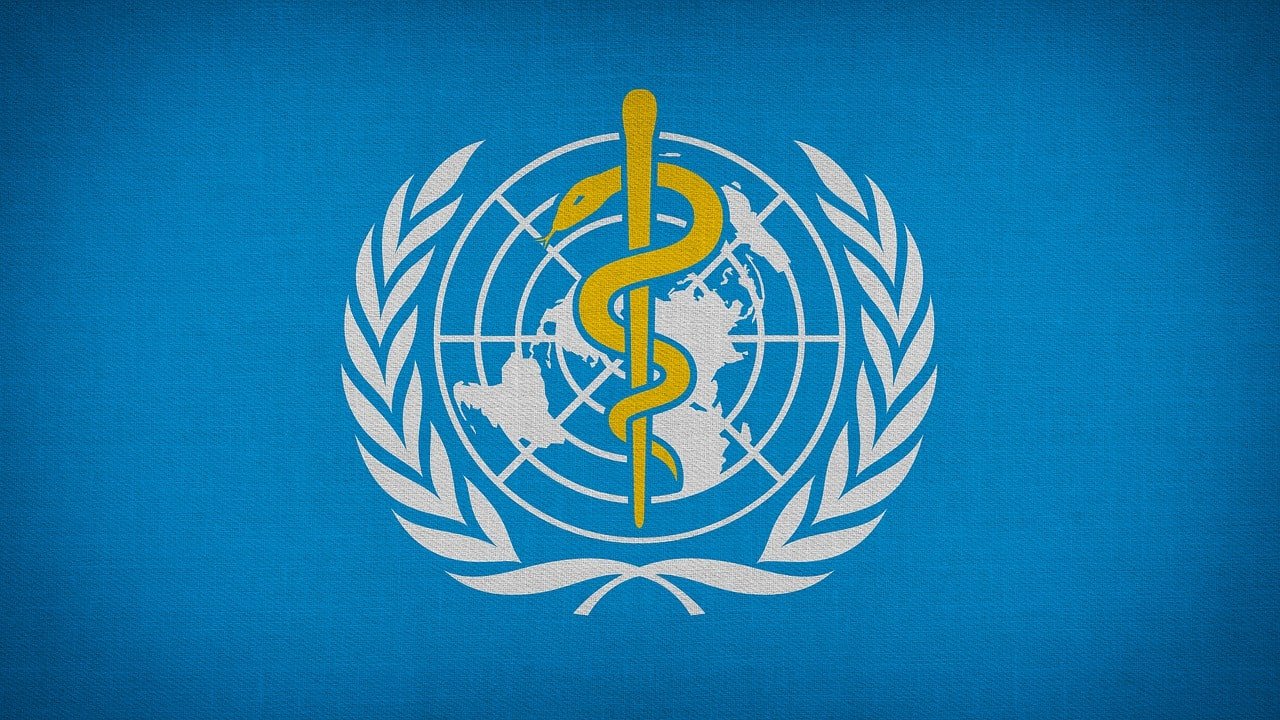Introduction WHO Global Tuberculosis Report
In 2022, a noteworthy global recovery emerged in the diagnosis and treatment of Tuberculosis (TB), marking a pivotal turn after two years of pandemic-related disruptions.
The recently unveiled World Health Organization (WHO) Global TB Report casts a spotlight on this progress while underscoring persistent challenges in the ongoing battle against TB.
Tuberculosis Remains a Formidable Global Threat
Despite recent strides, Tuberculosis remains a formidable global health threat, retaining its status as the world’s second-leading cause of death from a single infectious agent.
Alarming statistics reveal that global TB targets have not been met, with only an 8.7% reduction in TB cases from 2015 to 2022—falling far short of the WHO End TB Strategy’s ambitious goal of a 50% reduction by 2025.
Surge in TB Diagnoses in 2022
The reported surge in TB diagnoses in 2022 reached unprecedented levels, with 7.5 million people newly diagnosed, surpassing both the pre-COVID baseline and the historical peak in 2019.
This figure marked a substantial increase from 5.8 million in 2020 and 6.4 million in 2021. The surge is attributed to a backlog of cases that faced delays in diagnosis and treatment due to the disruptive impact of COVID-19.
Impact of COVID-19 Disruptions
The profound impact of COVID-19 disruptions on TB diagnosis and treatment is evident. Countries such as India, Indonesia, and the Philippines, which collectively witnessed a significant reduction in TB cases in 2020 and 2021, saw a resurgence to levels above those seen in 2019.
Tragically, TB caused an estimated 1.30 million deaths in 2022, nearly reverting to 2019 levels. Disturbingly, COVID-related disruptions are estimated to have led to almost half a million excess TB deaths from 2020 to 2022.
Also Read | Atmospheric Composition of Venus – Must Read 2023 |
Improved Treatment Success Rates
Amid the challenges, a glimmer of hope surfaces in the form of improved treatment success rates. The report highlights a treatment success rate of 88% for individuals treated for drug-susceptible TB.
Moreover, for those with multidrug-resistant/rifampicin-resistant TB (MDR/RR-TB), the success rate stands at 63%. These positive outcomes signify tangible progress in managing TB cases, reflecting advancements in treatment approaches.
The Call to Action
With the global TB epidemic persisting, the report issues a resounding call to action, emphasizing the imperative to translate commitments made at the 2023 UN high-level meeting on TB into tangible results.
This entails the implementation of strategies aimed at addressing lingering challenges posed by TB and the enduring disruptions stemming from the COVID-19 pandemic.
Strategies to Address Lingering Challenges
To effectively combat TB and build on the progress achieved, strategic interventions are crucial. These may include bolstering healthcare infrastructure, enhancing diagnostic capabilities, and fostering international collaboration.
Moreover, targeted efforts should address the specific challenges faced by regions that experienced a resurgence in TB cases, such as India, Indonesia, and the Philippines.
Integrating TB Responses with COVID-19 Mitigation Efforts
Recognizing the intertwined nature of TB and COVID-19 challenges, an integrated approach is advocated. Efforts to mitigate the impact of one must consider the implications on the other, ensuring a comprehensive strategy that safeguards gains made in TB management while navigating the complexities posed by ongoing global health crises.
Strengthening Health Systems for Long-Term Resilience
Building long-term resilience necessitates strengthening health systems globally. This involves investing in healthcare workforce training, optimizing diagnostic technologies, and fostering research to develop innovative solutions.
A resilient health infrastructure is fundamental not only for effective TB management but also for responding to unforeseen global health challenges.
Conclusion
In navigating the intricate landscape of Tuberculosis, the WHO Global TB Report 2022 serves as a compass, guiding efforts toward understanding the progress achieved, acknowledging persisting challenges, and charting a course for comprehensive and sustained action.
As the global community grapples with the dual challenges of TB and the ongoing COVID-19 pandemic, the call to action echoes loudly, urging concerted efforts to turn commitments into impactful interventions that will ultimately shape the trajectory of TB control worldwide.
